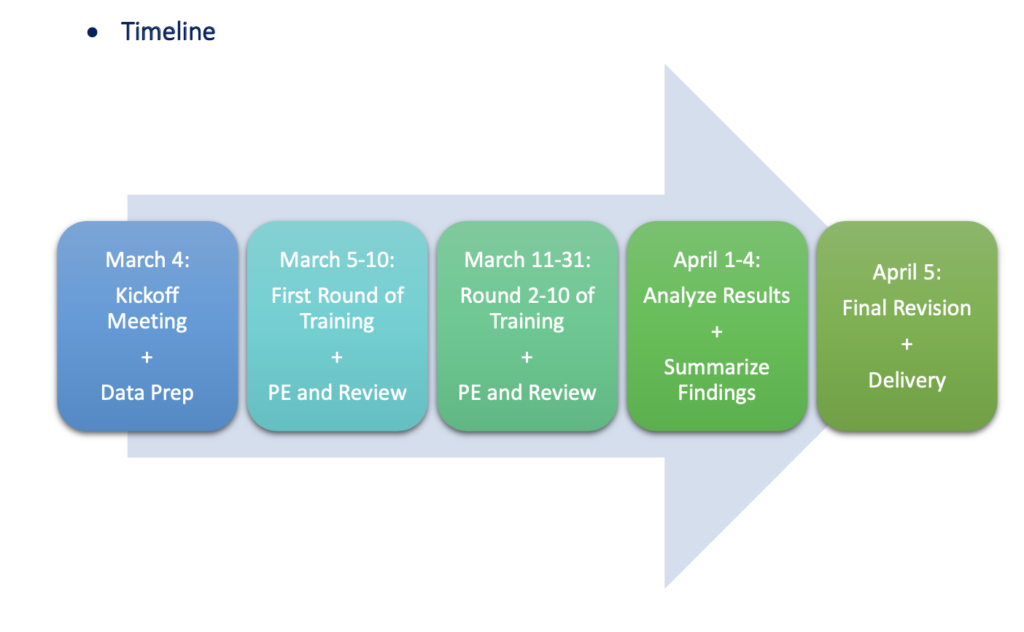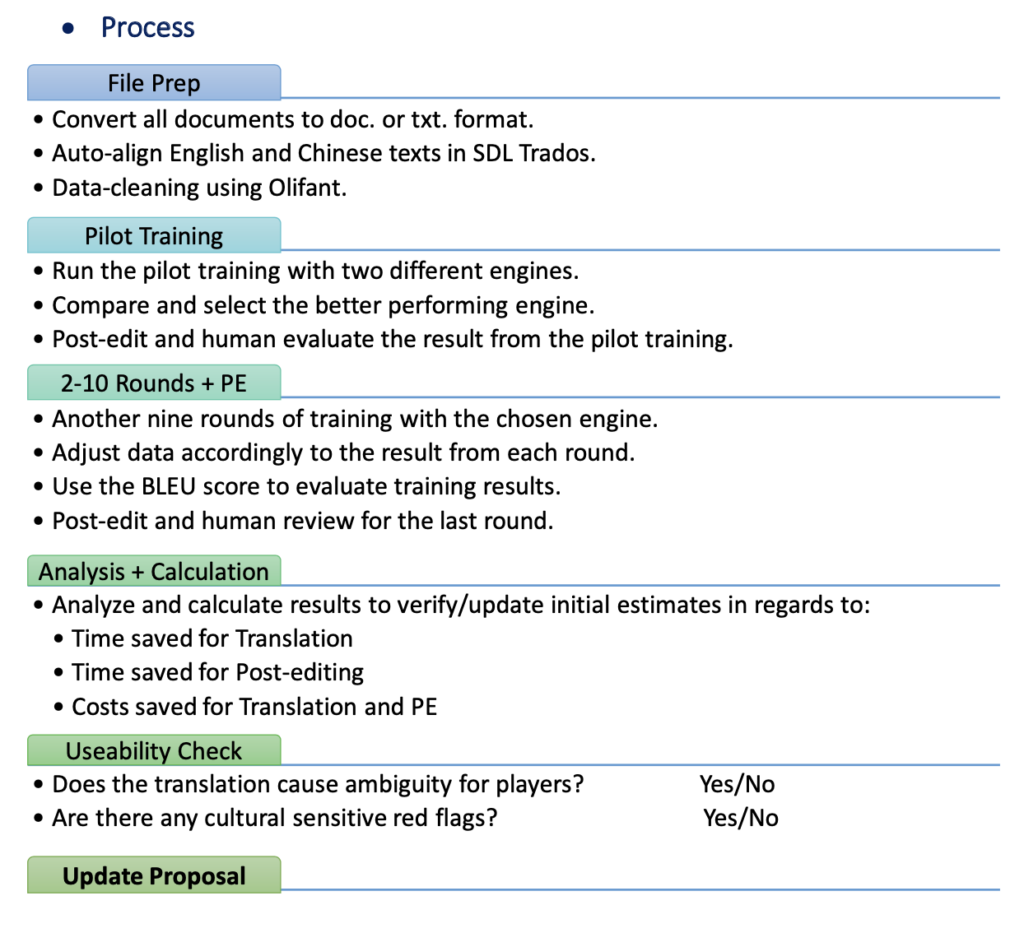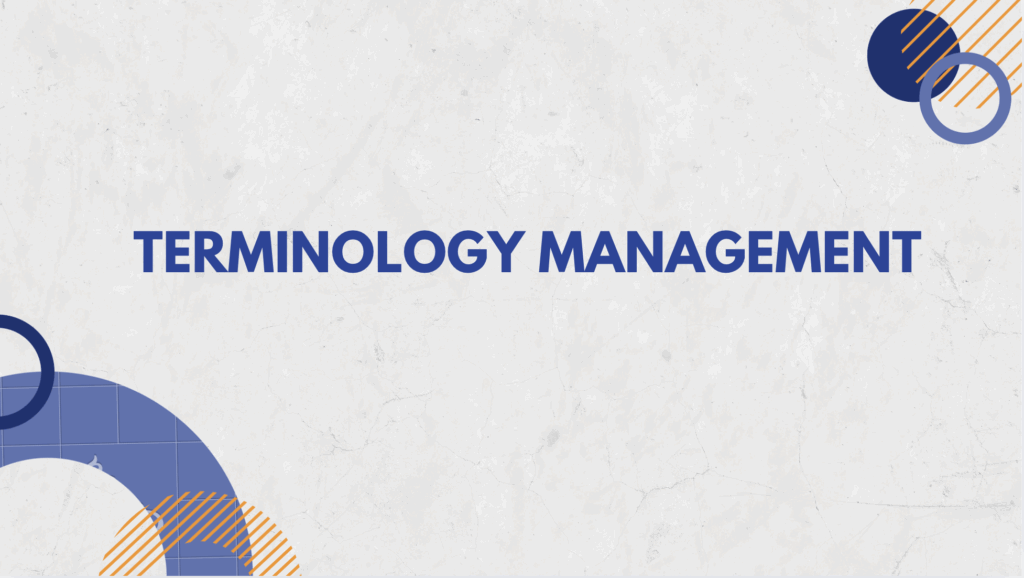What is NMT?
NMT stands for Neural Machine Translation.
Neural machine translation is a form of end-to-end learning that can be used to automatically produce translations. In neural machine translation, the program’s neural network is responsible for encoding and decoding the source text, as opposed to running a set of predefined rules from the start.
Therefore, NMT has the potential to address many of the problems of traditional phrase-based translation systems and has been shown to produce better quality translations.
Why Do We Train an NMT engine?
The key concept of NMT is context. Here are the main reasons why we train an NMT engine:
- Accuracy and Quality: Training helps the engine learn the intricacies of languages, including grammar, syntax, and vocabulary, improving the accuracy and quality of translations.
- Adaptation to Specific Content: NMT engines can be trained on specialized datasets that include industry-specific terminology or stylistic preferences (e.g., legal, medical, technical). This training makes the engine more effective at understanding and translating texts within those specific contexts.
- Customization: Training allows customization of the translation engine for specific needs or clients. For instance, a company might want their engine to reflect their brand’s voice or adhere to particular linguistic guidelines, which can be achieved through targeted training.
- Reducing Human Intervention: Well-trained NMT engines can reduce the need for extensive post-editing by human translators, increasing efficiency and lowering the time and cost associated with translation tasks.
Introduction of Our Pilot Project
This pilot project seeks to develop a tailored Neural Machine Translation (NMT) system for in-game interface and dialogues of the latest version of World of Warcraft (WoW) – Dragonflight. Our key objectives include training the NMT model on diverse in-game content to provide accurate and contextually relevant translations between English and Chinese. Through iterative development, rigorous testing, and user feedback analysis, we aim to refine the model to ensure it preserves the gaming vernacular, facilitating seamless cross- cultural communication for players. The success of this pilot will pave the way for a comprehensive MT system, enhancing the global gaming experience within the Chinese WoW community.
Post-Editing Machine Translations (PEMT) must meet stringent criteria to ensure quality:
Clarity: The translation style should be consistent with the previous versions and offer clarity for players.
Efficiency: Reduce turnaround time that meets client expectations by 20%. Cost: PEMT 35% savings over human translation.
Cost: PEMT 35% savings over human translation.
Pilot Project Details



The two NMT engines we used are Microsoft and Systran. In the first two rounds of testing, we trained two different engines. Due to considerations of cost, customization, and control, we decided to discontinue using Microsoft and switched to Systran for subsequent tests.
Pilot Project Results
The results from the pilot project are as follows:
Efficiency: Reduce post-editing time by 30%.
Cost: PEMT 30% savings over human translation.
Clarity: The translation quality meets the usability check criteria. The translation maintains consistency and players can follow the game instructions.

Lessons We Have Learned from the Pilot Project
Please watch our presentation:
Read more about translation technology:
How to use Regex in Trados Studio



